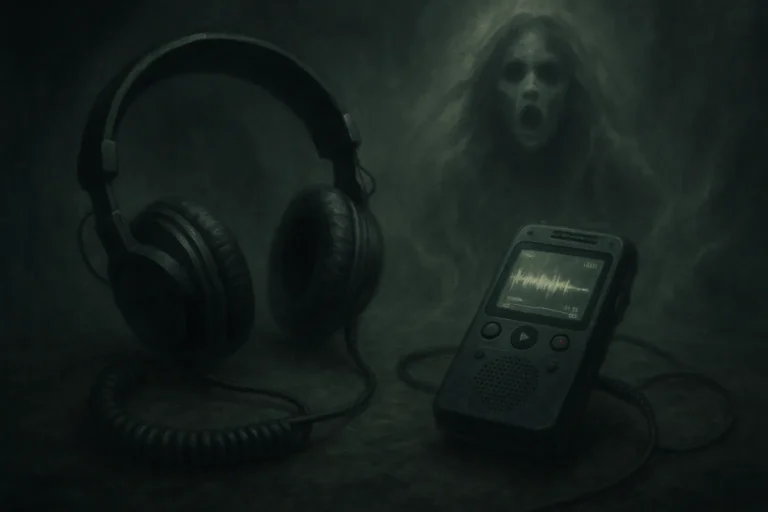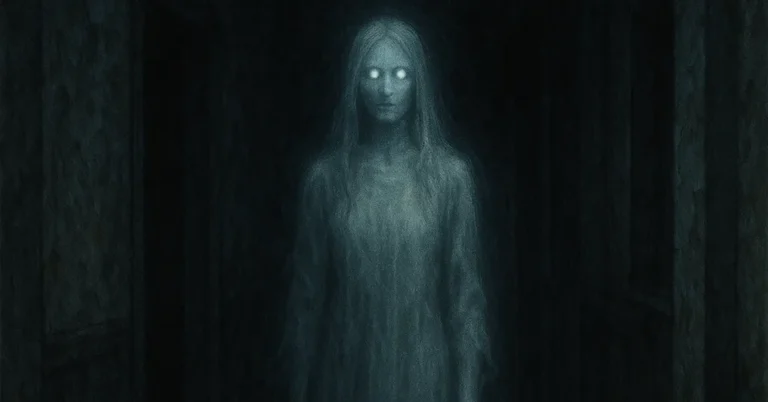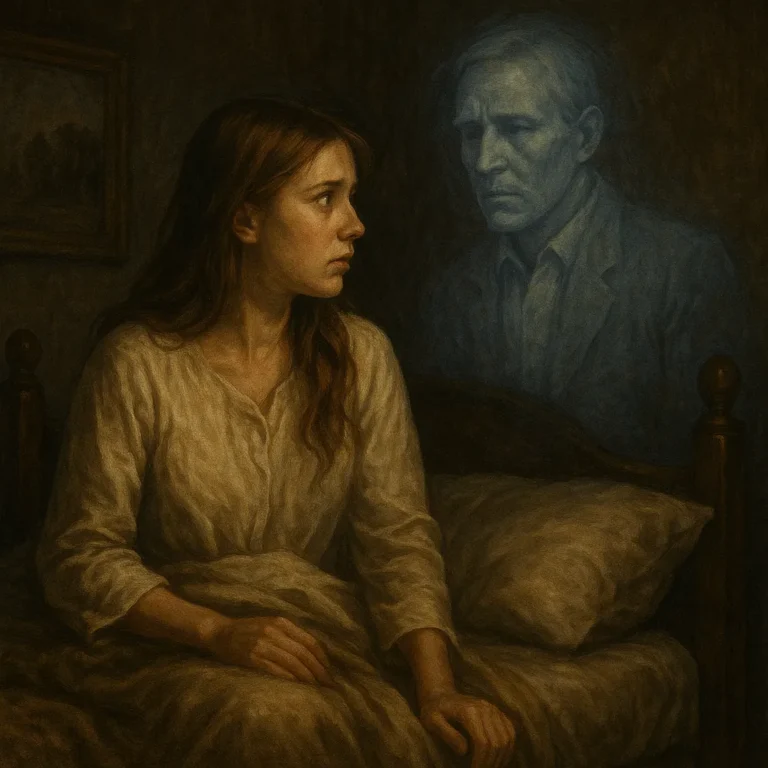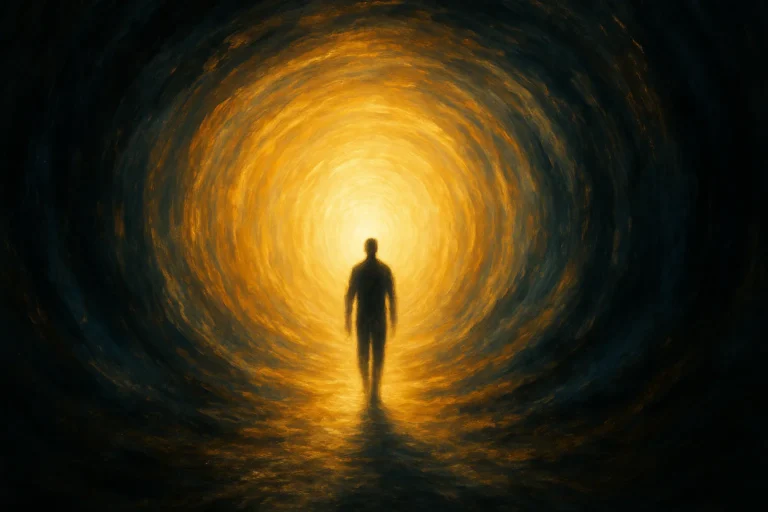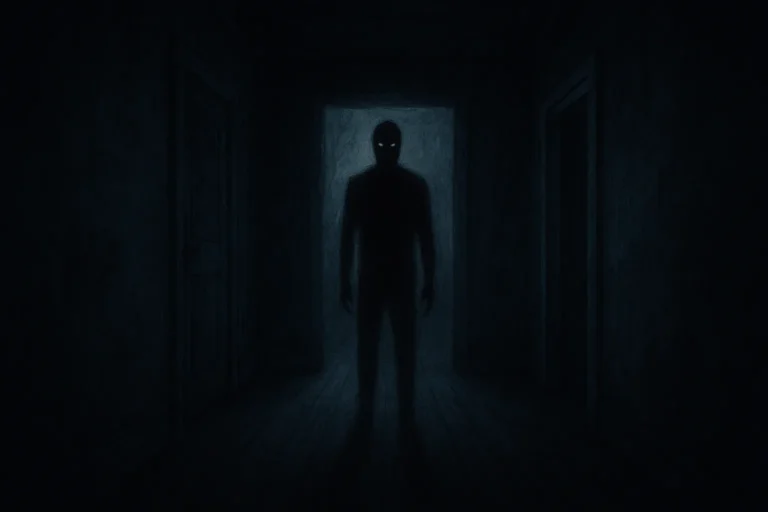Spontaneous Human Combustion: Fire from Within
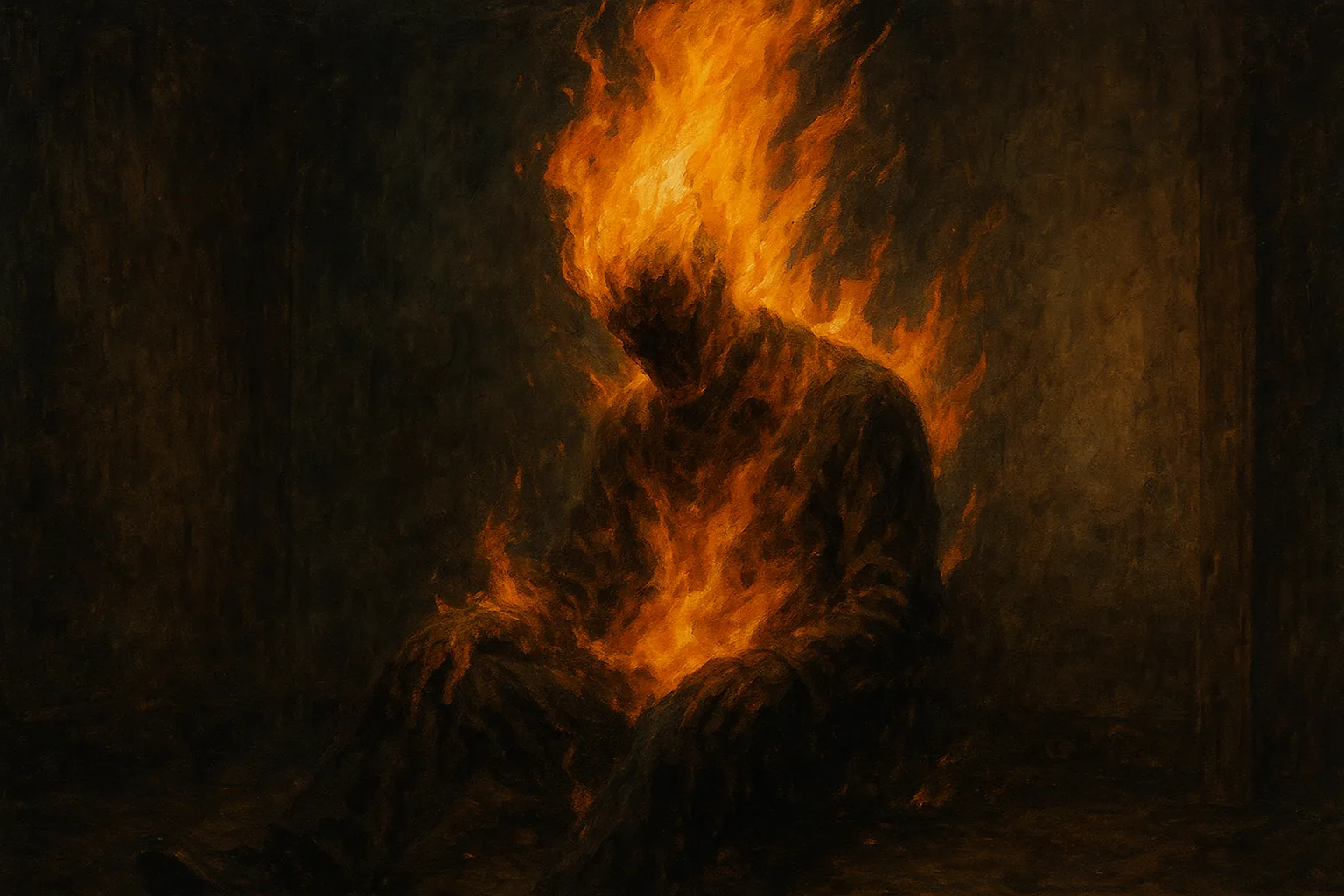
The scene is always the same — eerily intact furniture, scorched surroundings, and in the center, the charred remains of a human body. Often reduced to little more than a pile of ashes, sometimes with a leg or foot left untouched, resting next to the devastation like some grim afterthought. The fire seems to start from within and stops almost as quickly as it began, leaving the rest of the room oddly untouched.
No nearby accelerants. No evidence of foul play. No external flame that could have sparked such a fire. Just the burned body, sometimes still in the chair it sat in, consumed as if by an internal blaze. This is the mystery of Spontaneous Human Combustion — a rare and controversial phenomenon that has both fascinated and horrified people for centuries.
Could human beings really burst into flames without any clear source? Or is there a more grounded explanation hiding beneath the ashes?
🔥 The Unsettling Cases
Reports of spontaneous human combustion, or SHC, date back to at least the 17th century. One of the earliest written accounts appeared in 1673, when Danish anatomist Thomas Bartholin described a woman who supposedly burned to death while sleeping, with no fire near her bed. Since then, dozens of similar cases have surfaced — many of them disturbingly similar in detail.
Take, for example, the case of Mary Reeser in 1951. She was found in her Florida apartment, reduced almost entirely to ash. Her skull had reportedly shrunk to the size of a teacup — a claim debated by forensic experts, but widely reported at the time. Her chair was destroyed, but nearby plastic objects had only softened, and the rest of the room was largely intact.
Another chilling case occurred in 1980, when 73-year-old Henry Thomas was found dead in his home in Wales. His body was almost completely incinerated, yet his legs remained untouched. Investigators described the scene as one of the strangest they’d ever encountered.
What ties many of these reports together is the oddly selective nature of the burn. How could such intense fire consume a human body — something that usually takes hours in a crematorium at extremely high temperatures — without destroying the room around it?
🧪 Theories from the Fringe and the Lab
Explanations for SHC range from scientific to speculative to downright strange.
One of the most widely accepted theories is the “wick effect.” According to this idea, a person’s clothing acts like the wick of a candle, while body fat acts as fuel. If a small external ignition source (like a cigarette) sets the clothing alight, the fire can smolder slowly and intensely, essentially “melting” the body over several hours. This would explain the localized damage and the bizarre pattern seen in many SHC cases.
This theory gained traction after a 1998 BBC documentary conducted a demonstration using a pig carcass wrapped in a blanket. The fire burned slowly and intensely, reducing much of the carcass to ash without spreading significantly to the surrounding room — eerily similar to real-life SHC scenes.
Still, not everyone is convinced. Critics of the wick effect theory point out that not all SHC victims were smokers, and in some cases, there’s no sign of any initial fire source at all. And then there’s the matter of the often-reported lack of smoke or burning smell — neighbors who lived just a room away reported nothing until long after the person had perished.
Could there be another explanation?
👻 Beyond Science: Paranormal Possibilities
Some researchers, particularly those in the paranormal field, believe SHC may be linked to forces we don’t yet understand. Could it be caused by a sudden release of internal energy? Psychic stress? Or even the result of spiritual or demonic interference?
It sounds far-fetched — and to be fair, most scientists would dismiss these ideas outright — but such theories persist. In some accounts, victims were reported to have expressed feelings of unease or “heat from within” shortly before their deaths. Others were said to be deeply stressed, ill, or depressed — leading some to wonder whether extreme emotional states could somehow trigger an energetic reaction within the body.
More fringe explanations include alien abduction, energy vortexes, and curses — theories typically dismissed by mainstream science but kept alive by those searching for answers in the inexplicable.
Could there be something more to these stories than mere superstition?
🕵️ Medical Mysteries and Skeptical Views
From a medical standpoint, spontaneous combustion doesn’t fit neatly into any known pathology. There’s no known biological mechanism by which the human body could suddenly ignite from the inside. Our internal chemistry is complex, yes, but it’s not flammable under normal conditions.
Skeptics argue that in most cases, SHC is simply misunderstood fire dynamics. A dropped cigarette, a knocked-over candle, or a forgotten heater could explain many of the incidents, even if those sources weren’t immediately obvious at the scene. In the chaos of a burn site, evidence can be destroyed or overlooked. Combine that with human error, and the mystery becomes much less magical — if no less disturbing.
Others argue that our desire to believe in spontaneous combustion reflects a deeper fear: that something could go wrong inside us without warning. That we could burn from within — not by external threat, but by our own biology turning against us.
Still, no matter how reasonable the explanations may seem, there remain cases that defy simple logic. Cases where fire behaves in ways it shouldn’t. Where entire torsos are gone, but nearby paper doesn’t catch alight. Where the human body seems to vanish, leaving only shadows on the floor and unanswered questions behind.
🕯️ Flickers in the Darkness
Spontaneous human combustion sits at the uneasy edge between science and the supernatural. It’s one of those rare phenomena that refuses to be pinned down. Too strange to be ignored, too fringe to be fully embraced.
Whether it’s a quirk of chemistry, an unrecognized fire behavior, or a glimpse into something we don’t yet understand, SHC continues to ignite curiosity and fear. And maybe that’s the real reason it persists — because it reminds us that for all our science and reason, there are still moments when the world doesn’t make sense.
So the next time you read about a body found in a burned-out chair, with the rest of the room untouched, you might pause and wonder…
Was it just fire?
Or something far stranger?


